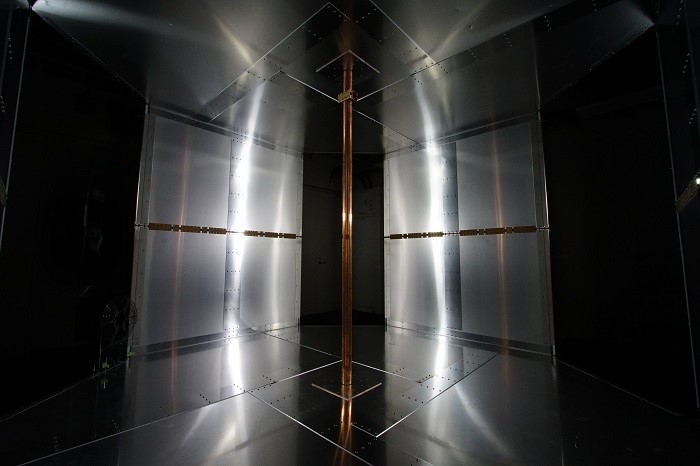
System powers lights, phones, laptops without wires
The technology can deliver 50 watts of power using magnetic fields. It's likely, however, that it will be possible to deliver higher levels of power with further refinement of the system. And could also power implant
medical devices and open new possibilities for mobile robotics in homes and manufacturing facilities.
The team, demonstrated the technology in a purpose-built Aluminium test room measuring approximately 10 m by 10 m. They wirelessly powered lamps, fans and cell phones that could draw current from anywhere in the room regardless of the placement of people and furniture.
The system is a major improvement over previous attempts at wireless charging systems, which used potentially harmful microwave radiation or required devices to be placed on dedicated charging pads. Instead, it uses a conductive surface on room walls and a conductive pole to generate magnetic fields.
The team's solution used devices called lumped capacitors. Placed in wall cavities, they generate a magnetic field that resonates through the room, while trapping electric fields inside the capacitors themselves.
The system generates two separate, 3D magnetic fields. One travels in a circle around the room's central pole, while the other swirls in the corners, traveling between adjacent walls. This approach eliminates dead spots, enabling devices to draw power from anywhere in the space.
 English
English Arabic
Arabic


